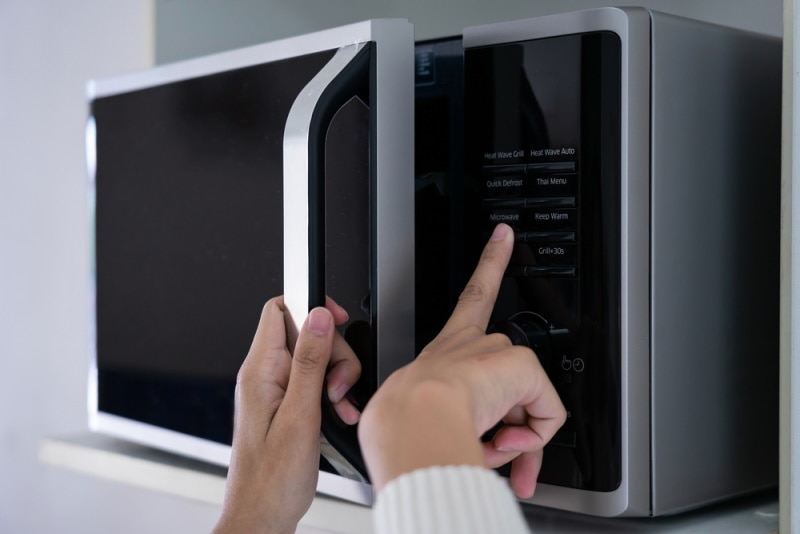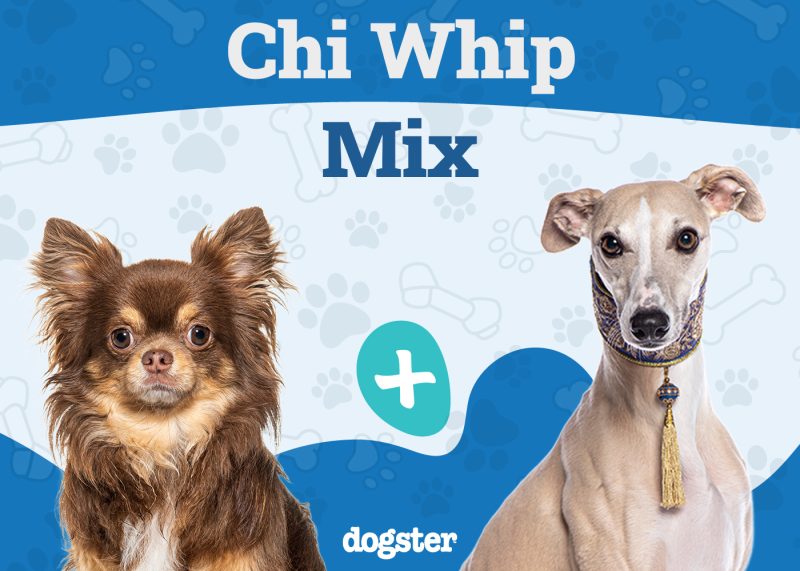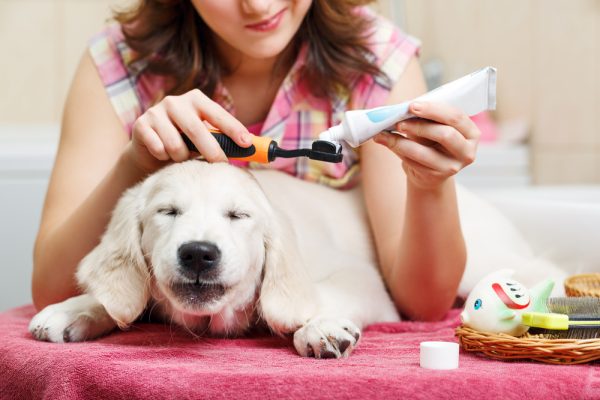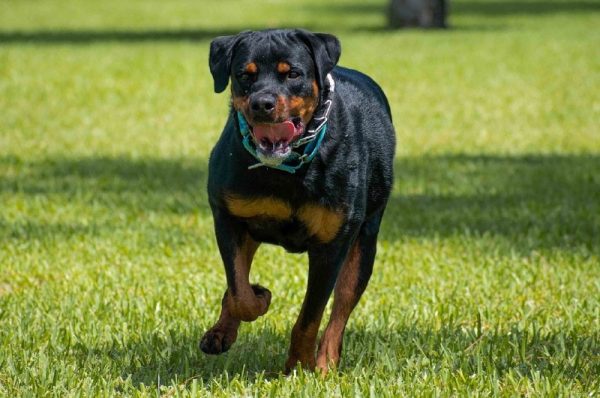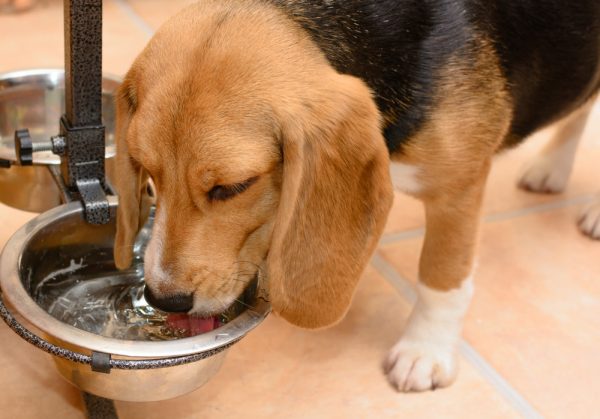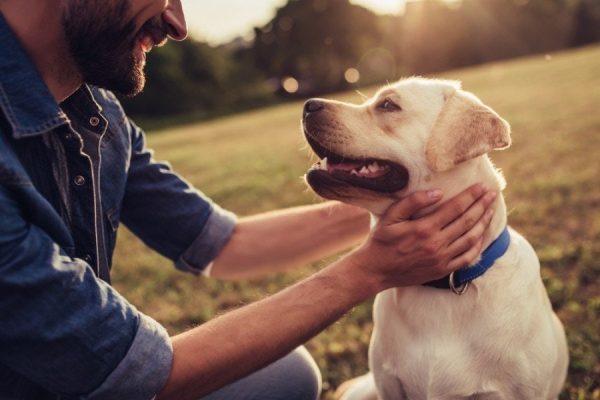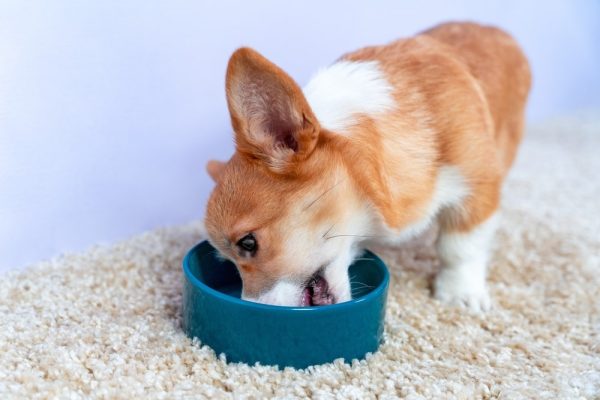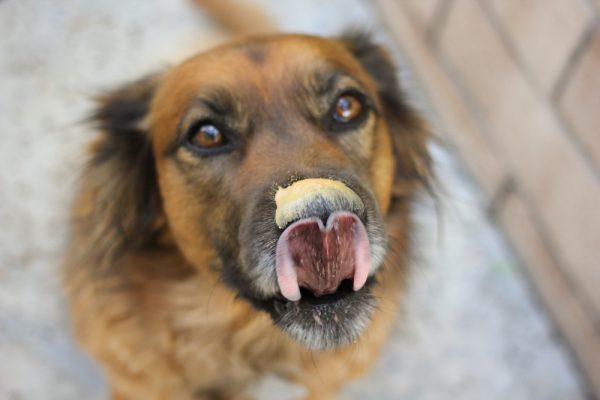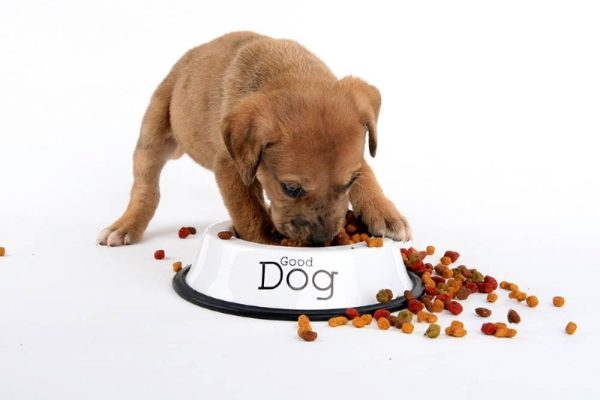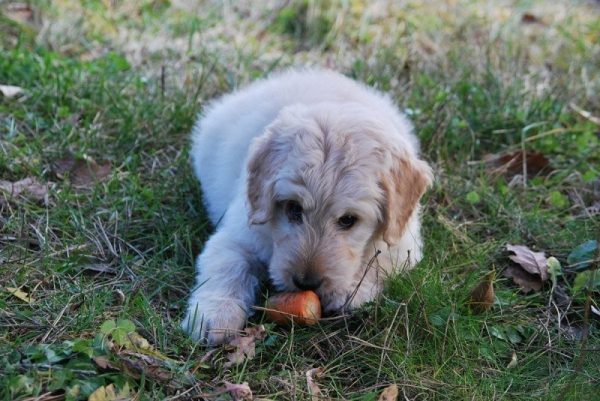In this article
There’s nothing like a warm and comforting meal at the end of a long day. But have you ever wondered if your pets find comfort in warm food, too? Should you be microwaving their food before you serve it?
Most pet food companies recommend that their food is served at room temperature. Some finicky dogs might turn their nose up at wet food that’s been sitting in the fridge, though. It can take up to two hours for the food to return to room temperature.
So, what is a pet owner to do—serve cold food or microwave it? Microwaving your dog’s food is fine, but it’s not generally necessary. Keep reading to learn more.
What Are the Benefits of Microwaving My Dog’s Food?
There are some benefits to warming up their food.
Since some of your dog’s sense of taste comes from the scent, heating their food before serving it can make it more enticing. Food between 93- and 103 degrees Fahrenheit gives off more of a scent and can make your dog more likely to eat his food.
Your dog’s interest in food can be impaired by illness. Offering him food warmed to just below body temperature can not only enhance the food’s taste but its aroma as well. The same rule applies to dogs who are elderly or those with a diminished sense of smell.
Some pet parents feel that warming their dog’s food makes them more inclined to eat it as their wild ancestors would kill their prey and eat it while it’s still warm.
There are a few old studies that suggest that microwaving food will destroy all of its nutrients. This research appears outdated as recent studies suggest that using microwaves to heat food is less likely to damage nutrients than other cooking methods.1 The reason is that the longer food cooks, the more nutrient breakdown occurs. Microwaves heat food quickly, whereas other cooking methods like boiling or roasting will take much longer to heat the food.
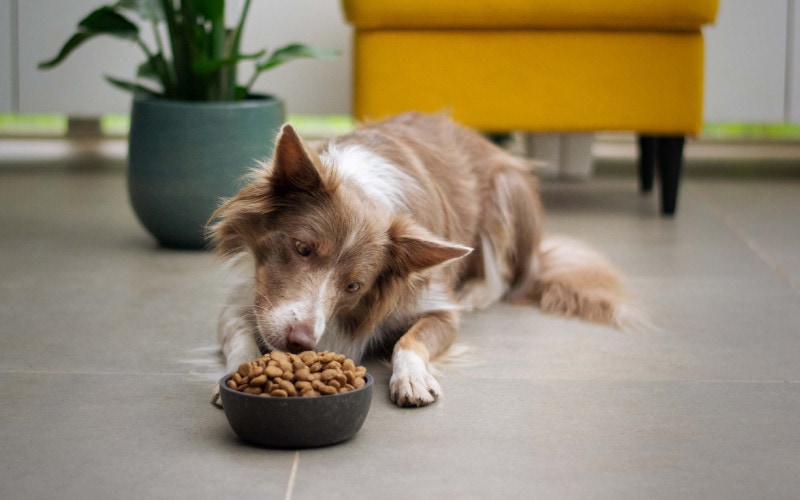

What Is the Downside of Microwaving My Dog’s Food?
There are also some downsides to microwaving your dog’s food.
The most obvious downside is that microwaving can cause burns and hot spots. Microwaves can heat the food inside unevenly, which may mean that some of the food is cold, some warm, and some burning hot. Your dog won’t know to approach his bowl with caution, and if he immediately starts chowing down on a part of his food that’s too hot, he could burn his tongue and throat.
Some studies suggest that microwaving food destroys some of its nutrients. While the mineral content of your dog’s food won’t be affected by microwaving it, the vitamin content can be. Vitamin C and the B vitamins are most likely to be affected.
Some people believe that microwaves cause foods’ fat molecules to change, which ultimately makes the fats in the food less digestible. This could potentially hurt your dog’s digestive system.
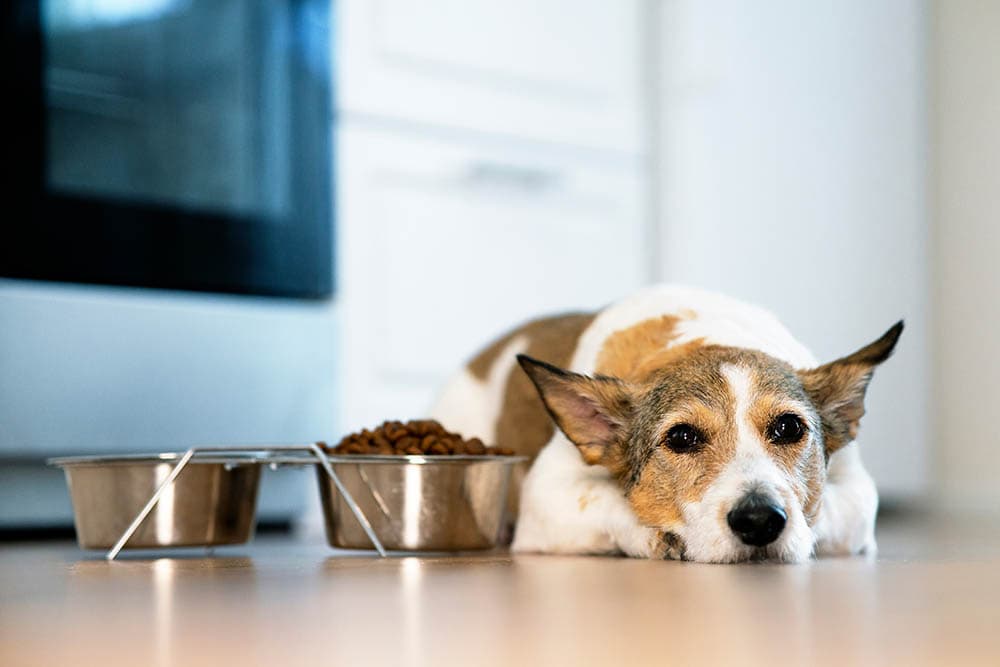
Final Thoughts
Ultimately, choosing to microwave your pet’s food is up to you and your dog.
While you don’t need to microwave your dog’s food, some dogs will not have it any other way. Elderly dogs or those with a diminished sense of smell may be enticed to eat more if the food is warm and aromatic. Microwaving may change the food’s nutrition slightly, but not enough to worry about, especially if your dog would rather starve than eat cold or room-temperature food.
Featured Image Credit: NavinTar, Shutterstock

